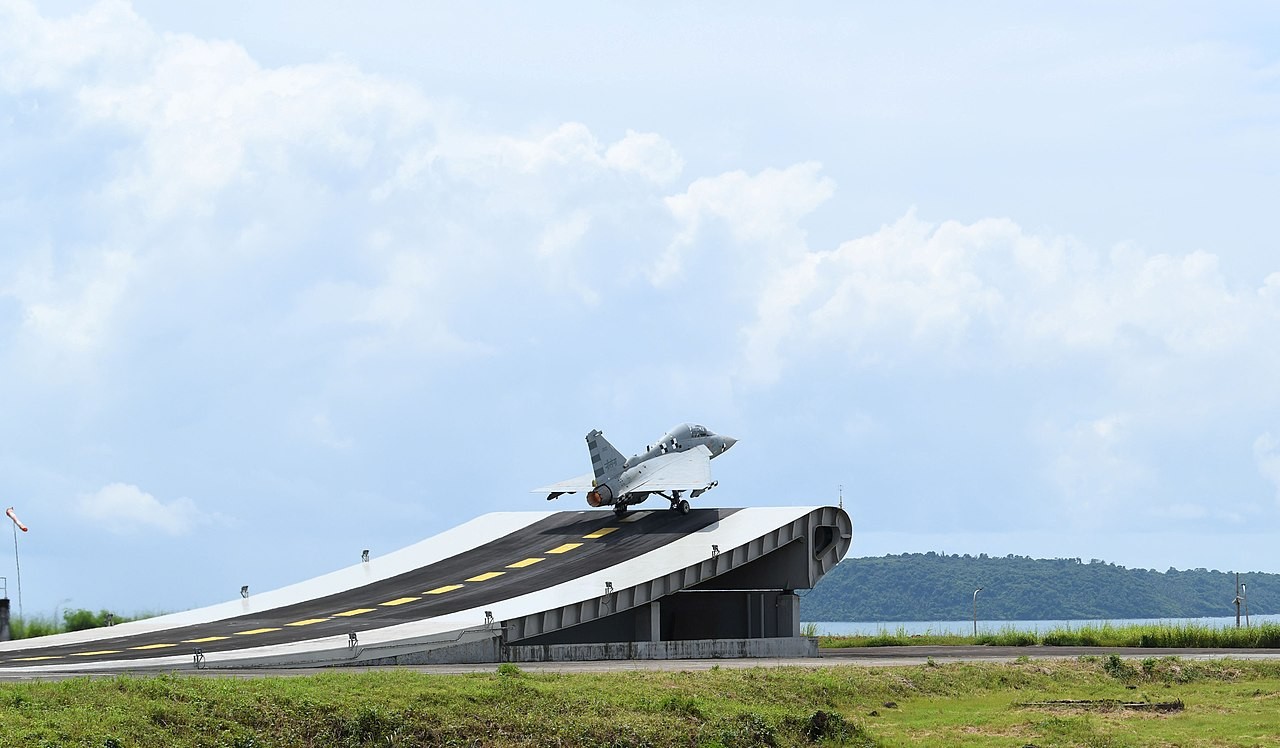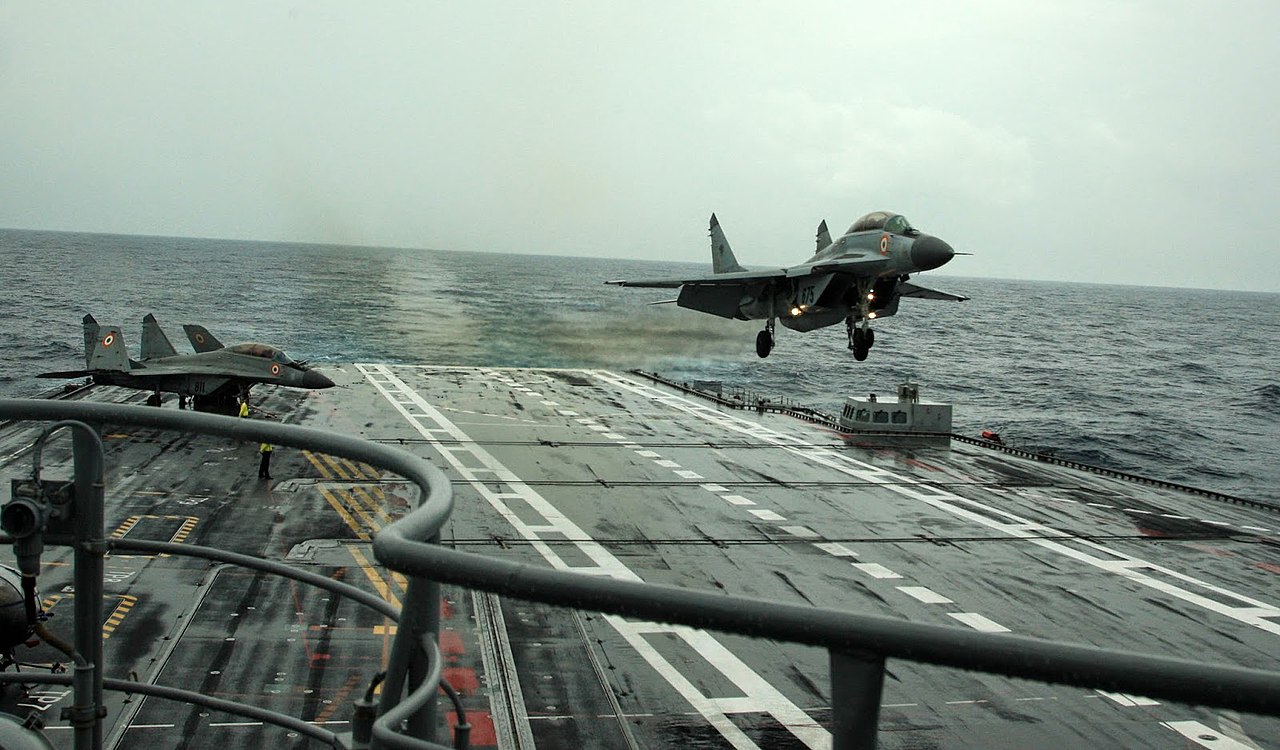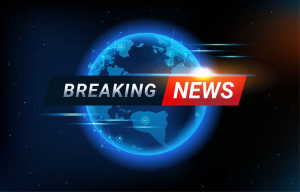The Indian Air Force (IAF) is throwing its weight behind the Light Combat Aircraft (LCA), which has been a savior for the indigenous fighter program. The chief of the Defence Research and Development Organisation (DRDO) is pushing for the Indian Navy to buy the naval variant of LCA as the organization works on the Twin Engine Deck Based Fighter (TEDBF).
The Indian Navy expressed interest in LCA-Navy in 2018; however, that changed later as the force decided to go for a foreign fighter jet and await TEDBF’s operationalization. On February 6th, 2023, LCA-Navy landed on the deck of the newly commissioned aircraft carrier INS Vikrant.
DRDO Chief Dr. Samir V. Kamat, at the 15th Air Chief Marshal LM Khatre Memorial Lecture in Bengaluru, made a case for the Indian Navy to place an order for 8-10 Naval LCA platforms that can be used in the training role. But the Indian Navy wants the TEDBF project to take off in full flow before taking the final call on LCA-Navy.
The mistake we made was to develop an engine (Kaveri) and platform (LCA) together. We are now in talks with Saffron, Rolls-Royce, and GE for joint engine development. Respective governments of Saffron & GE have permitted them that the entire IP will be with India if it is in a collaborative role.
AfriPrime App link: FREE to download...
https://www.amazon.com/Africircle-AfriPrime/dp/B0D2M3F2JT
The Indian Navy’s Hawk trainers cannot operate from the aircraft carrier deck. LCA-Navy can step in by training the Indian Navy aviators to operate from the deck using STOBAR.
Dr. Kamat said that the Indian defense research agency’s biggest mistake was attempting to develop the platform and the engine together. According to Dr. Kamat, the DRDO managed to develop a fourth-generation Kaveri engine, but it did not deliver the required thrust for LCA-Tejas.
“The mistake we made was designing a platform and engine together. That’s never done. You design a platform around the available engine, and engine development is a continuous process; that was a rookie mistake,” Dr. Kamat added. To remedy the situation, the DRDO is now looking to collaborate with OEMs to develop the next-generation high-thrust engines. The organization has been in talks with three unions: Safran from France, Rolls-Royce from the UK, and General Electric from the US.
In April 2020, the DRDO and Aeronautical Development Agency (ADA) announced they would develop a new carrier-based fighter aircraft based on the Indian Navy’s specifications for the Multirole Carrier Borne Fighters requirements. The government gave a go-ahead to the project in the same year.
The preliminary design stage for the TEDBF began in September 2022, and it is expected to be completed by the end of 2024. The prototype is expected to take to the skies by 2026.
Indian Navy’s Quest For Deck-Based Fighter Jet
The Indian Navy had misgivings about single-engine deck-based fighter jets. And in 2019, then-Indian Navy Chief Admiral Karambir Singh said: “The Qualitative Requirements [QR] are being made. They said they should be able to push it (TEDBF) out by 2026. If it meets our time and QR requirements, we will take it (fighter aircraft).”

So, instead of focusing on the LCA-Navy’s Mk2 variant, the ADA and DRDO will develop a twin-engine deck-based fighter.
AfriPrime App link: FREE to download...
https://www.amazon.com/Africircle-AfriPrime/dp/B0D2M3F2JT
The twin-engine fighter jet offers many advantages—increased speed, maneuverability, and enhanced range. The range is expected to be extended to well over 2000 kilometers, and it will be able to carry greater payloads. Also, two engines increase the aircraft’s survivability in case of an emergency.
The project will run concurrently with other fighter jet development programs, such as the Advanced Medium Combat Aircraft-Naval variant. TEDBF will be lighter than the proposed 25 tonnes Naval-AMCA, whose production is expected to commence only after 2030.
TEDBF is planned to have a phased array radar. The aircraft will have thirteen external hardpoints, including two for small air-to-air missiles on the wingtips.
It is planned to have a crew of one pilot, a length of 16.3 meters, a wingspan of 11.30 meters, and a maximum take-off weight of 26,000 kilograms. Two General Electric F414 diesel engines power the aircraft with a thrust of 5965 (10000) kgf. The aircraft may have a top speed of 1.6 Mach (2000 km/h), a ceiling of 18000 meters, a combat radius of 800 kilometers without air refueling, and weaponry including a 30-mm gun, guided and unguided rockets, and 8000-kilogram bombs.
Presently, the Indian Navy operates the Russian-made Mig-29K on board INS Vikramaditya, formerly known as Admiral Gorshkov.

LCA-Navy
The LCA Navy is designed and developed jointly by ADA and aerospace maker Hindustan Aeronautics Limited (HAL). The first trainer prototype NP1 flew on April 27, 2012, and the fighter prototype NP2 was flown on February 7, 2015. Naval Prototypes (NP1 and NP2) have achieved major landmark milestones like ski jump take-off and arrested landing demonstrations on Shore Based Test Facility (SBTF) at Dabolim Airport, Goa, and operations from indigenous aircraft carriers. The aircraft demonstrated 18 arrested landings and Ski Jump take-offs from INS Vikramaditya in Jan 2020, including hot refueling capability.
The third prototype, called NP5, has also undertaken field and carrier operations from INS Vikramaditya and indigenously built INS Vikrant. LCA Navy NP5 incorporates all improvements identified during the exploitation of NP1 and NP2 and is a production-ready aircraft. In the Annual Report of FY 2022-23, HAL informed that the build of LCA Navy MK I Trainer prototype aircraft NP5 (3rd Naval prototype) had been completed, and the engine ground run was carried out on January 16, 2023.
On 18th August 2023, the LCA naval trainer prototype NP5 completed its maiden flight at HAL airport. The aircraft was airborne for 57 minutes, with all parameters normal.
LCA Navy is equipped with state-of-the-art technologies such as a Fly-by-wire flight control system, glass cockpit, and advanced mechanical systems. The aircraft can be operated seamlessly both during the day and night. It features advanced hands-free ski jump take-off and landing flight control modes. LCA Navy Prototypes are carrier-compatible and can operate with Air-to-Air weapons for combat missions.
In addition to being a training platform for the Indian Navy pilots, NP5 aircraft will help to accelerate flight testing activities which will provide designers vital inputs towards design and development of the TEDBF.
AfriPrime App link: FREE to download...


